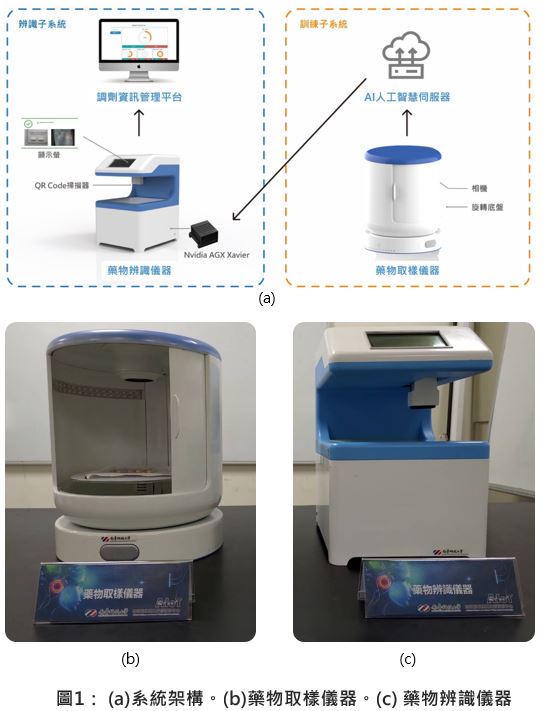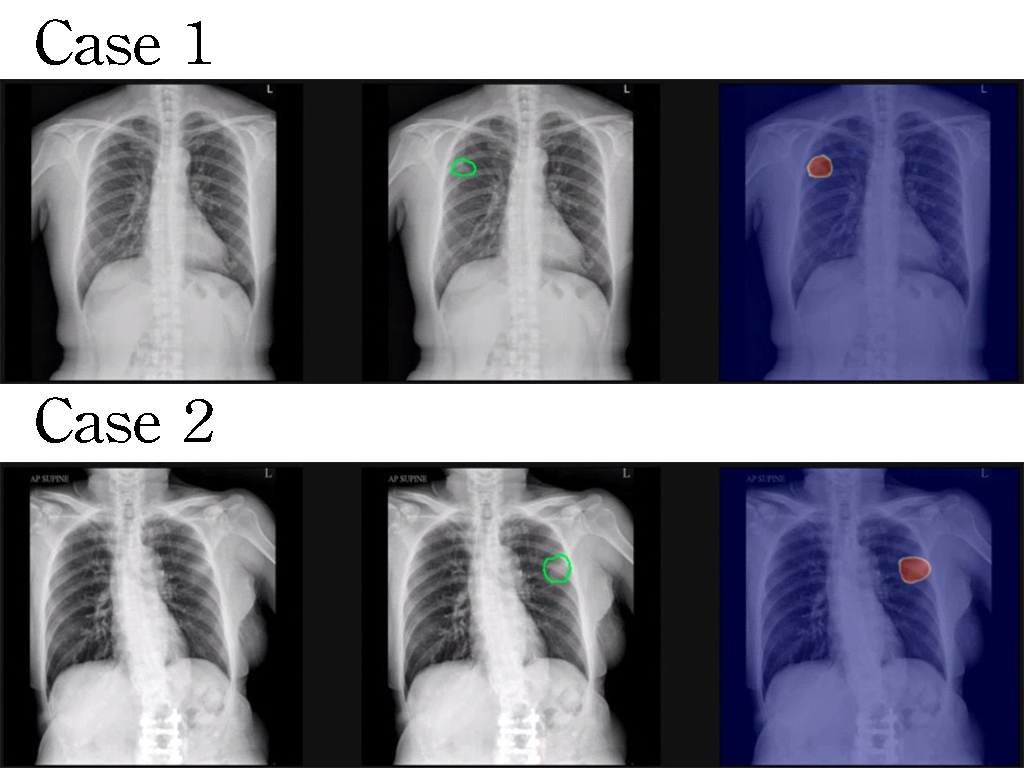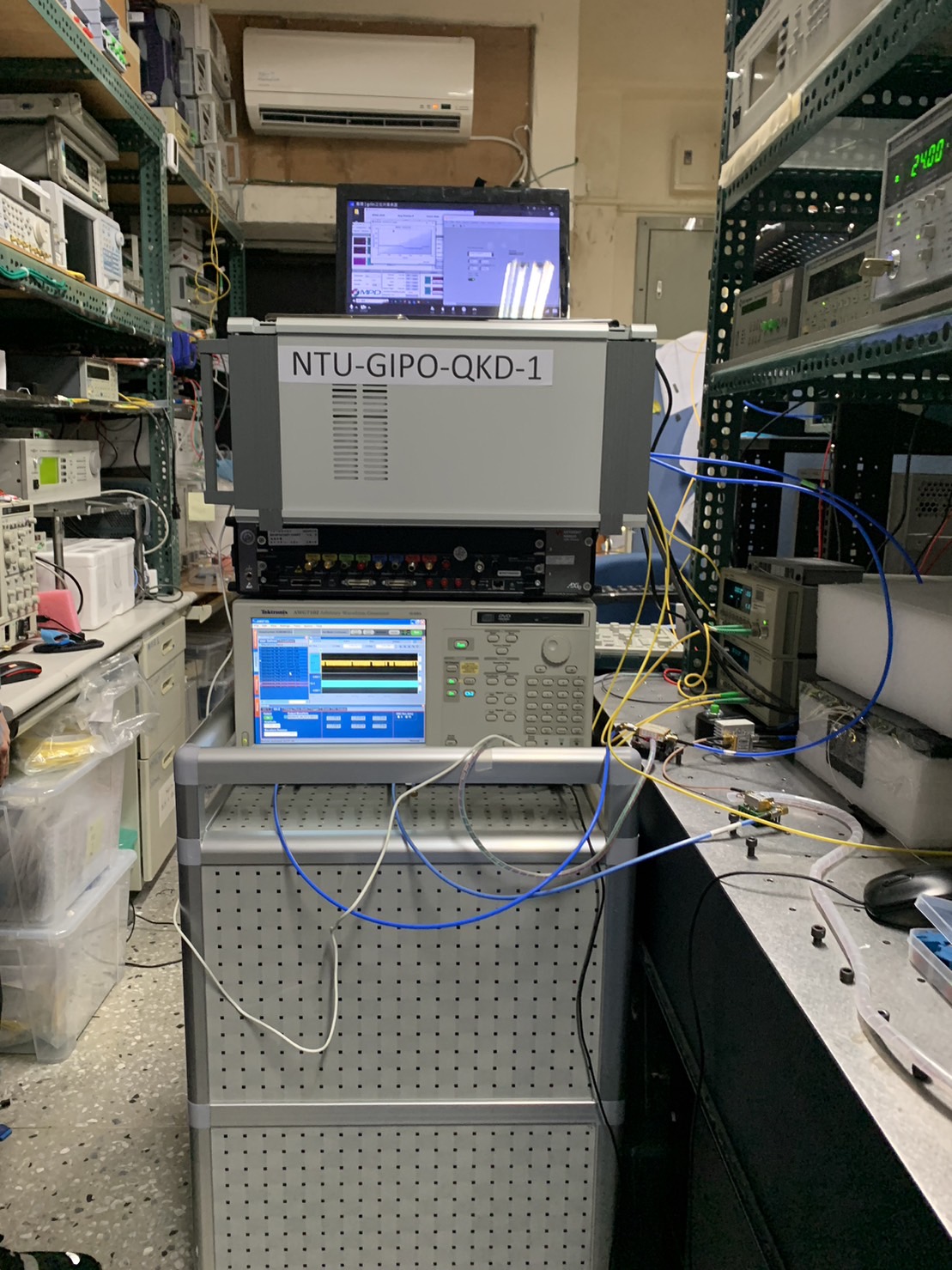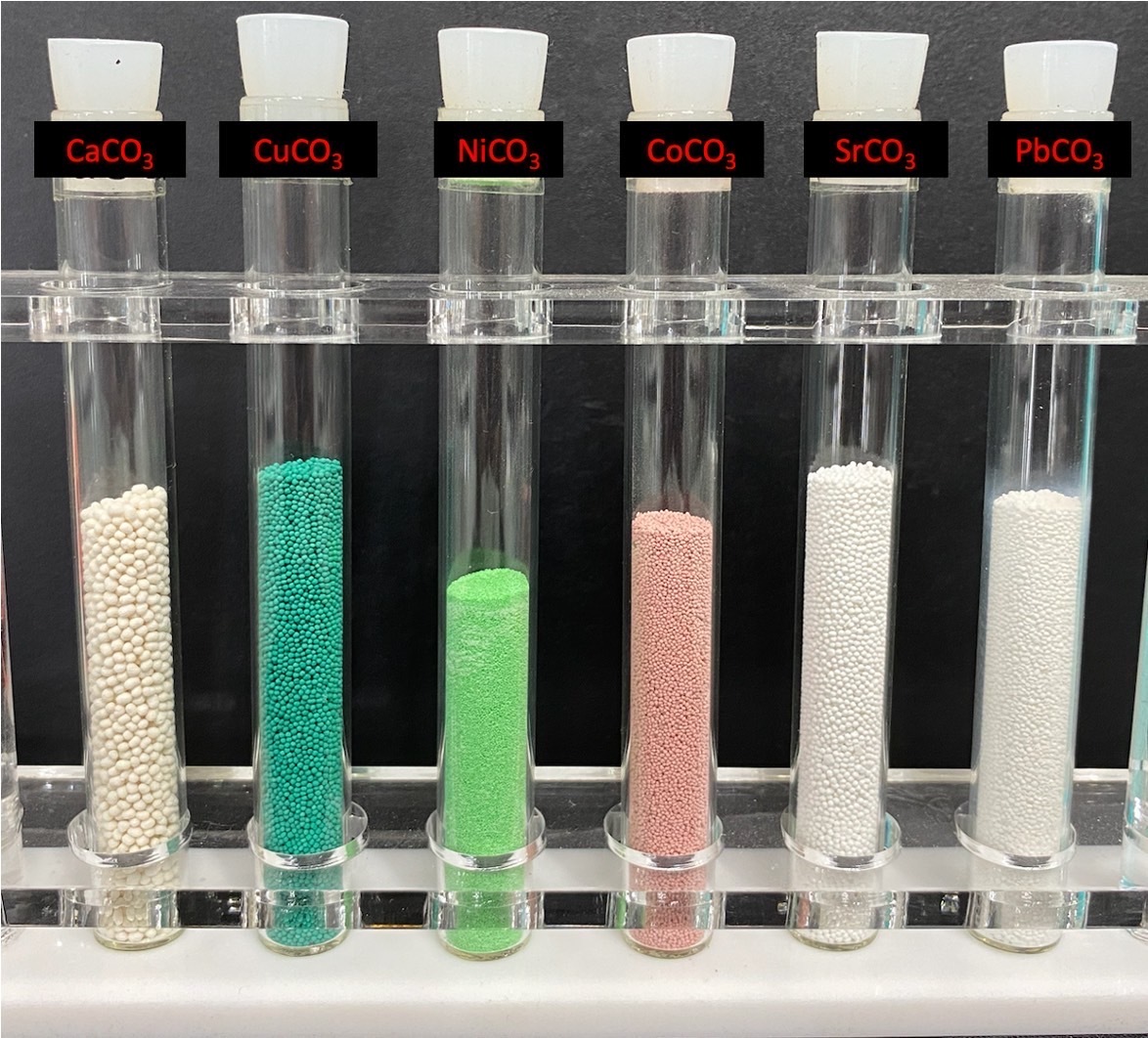| Technical Name | Ultra wide bandgap p-type Ga2O3 | ||
|---|---|---|---|
| Project Operator | National Yang Ming Chiao Tung University | ||
| Project Host | 洪瑞華 | ||
| Summary | Phosphorus ion implantation into undoped Ga₂O₃ grown by MOCVD, followed by optimized annealing, yields p-type conductivity confirmed by Hall measurements. An n-type Ga₂O₃ layer is then epitaxially regrown, enabling fabrication of a lateral PN homojunction diode. These results confirm that phosphorus implantation is a reliable method for forming stable p-type Ga₂O₃, offering a viable path for future oxide semiconductor device applications. |
||
| Scientific Breakthrough | Our laboratory investigates p-Ga₂O₃ through ion implantation and in-situ doping during epitaxial growth, and verifies its p-type conductivity via both lateral and vertical devices. |
||
| Industrial Applicability | Over the past two years, our first-principles simulations identified phosphorus as a viable dopant for p-type Ga₂O₃. We found that phosphorus-related defect formation energies are low, prompting experimental studies using ion implantation. The successful formation of p-type Ga₂O₃ was confirmed and published in Materials Today Advances (2023). Device-level validation, including in-situ doping and various structures, confirms that stable, high-quality p-Ga₂O₃ is achievable. |
||
| Keyword | P-type Ga2O3 Epitaxial layer Ga2O3 PN diode Power device Phosphrous ion implantation | ||
- Contact
- Shu Chen Lai
- sclai2022@nycu.edu.tw
other people also saw















